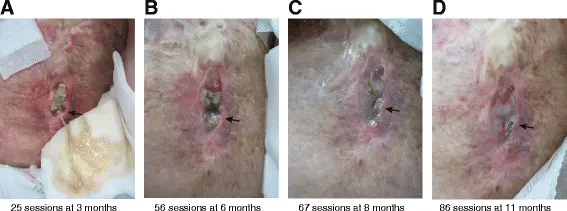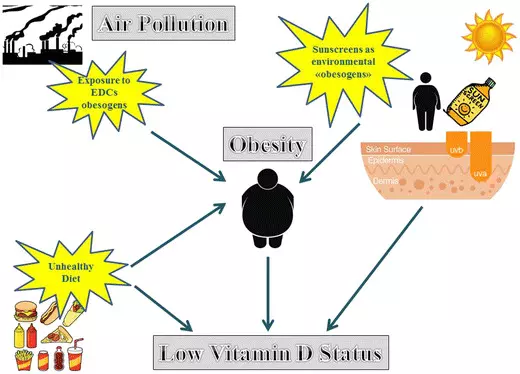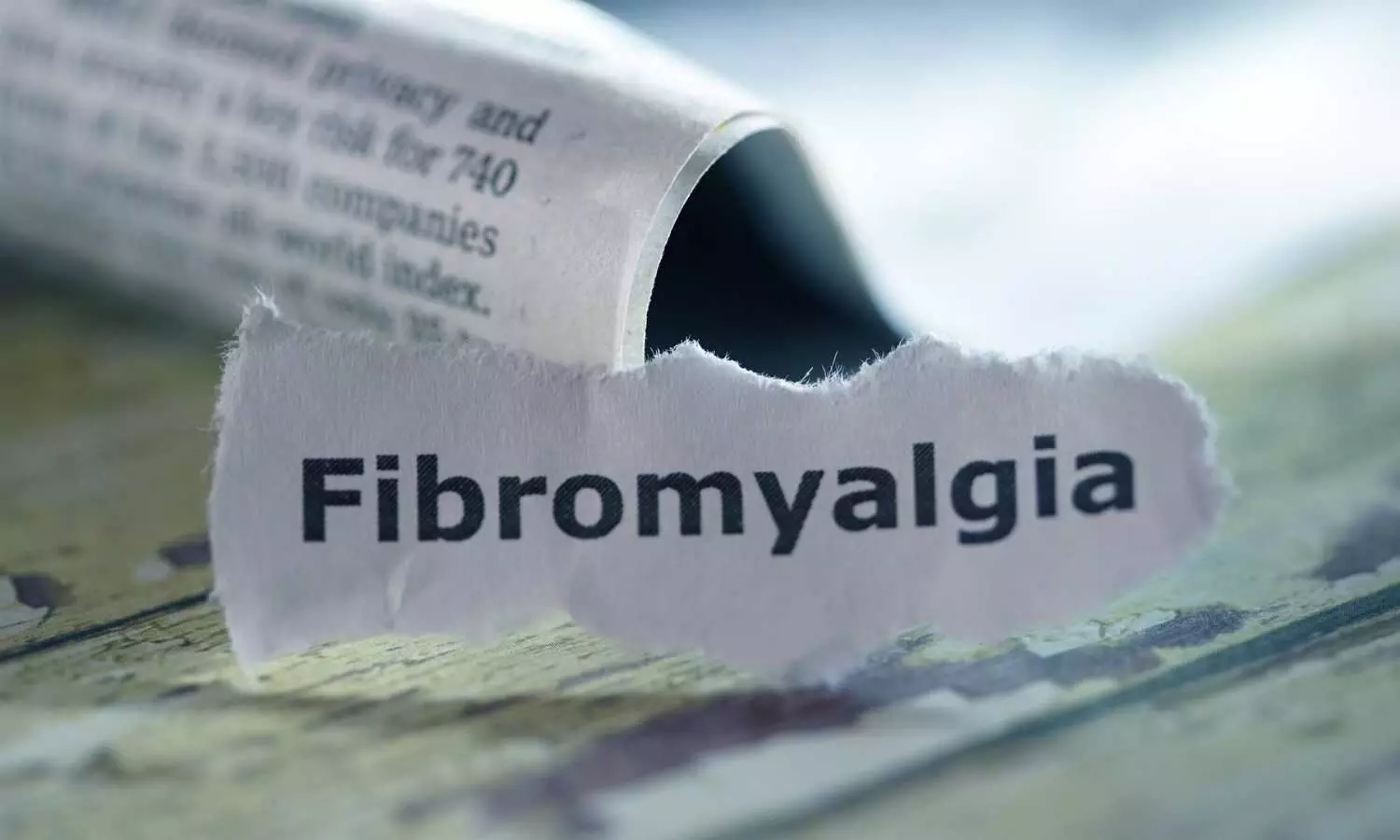
Recent study investigates the training gaps in pediatric anesthesia education among postgraduate trainees and educators. Given the specialized nature of pediatric anesthesia, effective management is crucial yet often not met by current training programs. A cross-sectional survey was conducted with a sample of 567 individuals, comprising anesthesia trainees, consultants, and educators, receiving a 25.3% response rate from 144 participants. The aim was to assess exposure to pediatric anesthesia, teaching methodologies, and perceived competency in performing essential clinical tasks. The methodology relied on a self-administered Google questionnaire, validated by experts in the field, which included 29 questions focusing on various aspects of pediatric anesthesia education. The survey sought to gather insights on clinical exposure, supervising methodologies, and assessment strategies. The results revealed that the median score for exposure to pediatric anesthesia was rated as ‘good’ on a scale of 1 to 5 but highlighted a concerning reliance on direct proactive supervision, as 47% of trainees primarily assisted rather than independently performed procedures.
Trainee Exposure
Among the responding trainees, only 19% reported exposure to children under one year, with elective placements in pediatric operating theaters noted by 25% of participants in the first six months of training, increasing to 36.81% by the second year. However, the overall performance of critical functions such as intravenous line insertion, mask ventilation, laryngeal mask airway insertion, tracheal intubation, and caudal block was evaluated as moderate, indicating insufficient opportunities for hands-on practice.
Skill Correlation
Notably, a significant positive correlation (r = 0.714) was identified between mask ventilation and tracheal intubation skills, suggesting that increased practice in mask ventilation may enhance capabilities in intubation – an essential competency in pediatric anesthesia. Teaching methods were primarily traditional, emphasizing interactive lectures for knowledge acquisition, while hands-on practice and mentoring were recognized for skill development and attitude formation. Concerns were raised regarding the limited formative assessments implemented in the training programs, with only 36% of respondents indicating their use, primarily through Objective Structured Clinical Examination (OSCE). Reflective practice was encouraged among 76% of students, yet only 69.9% maintained personal logbooks, demonstrating low engagement with formative assessments essential for professional growth.
Study Limitations
Various limitations of the study were identified, particularly the geographical imbalance in participant responses and a skewed representation between students and educators. This highlights the necessity for a standardized national approach to pediatric anesthesia training that ensures adequate exposure and skill competencies across institutions, particularly those facing resource limitations. In conclusion, the findings suggest that a shift to a competency-based medical education framework is paramount, integrating formative assessments and experiential learning opportunities to bolster proficiency in pediatric anesthesia. There is a clear need for curriculum enhancement that focuses on skill development and fostering independent practice, which could be achieved through a well-structured framework involving competency committees and systematic evaluations of trainee performance. The emphasis on establishing clear entrustment goals and implementing simulation-based learning could substantially bridge the gaps identified in the training process, ultimately improving patient safety and care in pediatric anesthesia.
Key Points
-Training Gaps Identified:- The study highlights significant gaps in pediatric anesthesia education for postgraduate trainees, emphasizing that current training programs often fail to provide adequate management techniques necessary for this specialized field.
– -Trainee Experience and Exposure Levels:- Only 19% of surveyed trainees had experience with pediatric patients under one year old, and while elective exposure increased from 25% in the first six months to 36.81% in the second year, hands-on practice for critical procedures like intravenous line insertion and tracheal intubation was deemed insufficient.
– -Correlation between Skills:- A strong positive relationship (r = 0.714) between mask ventilation and tracheal intubation skills was found, indicating that improving skills in mask ventilation could enhance intubation performance, which is crucial in pediatric anesthesia settings.
– -Teaching Methodologies and Assessment Practices:- Traditional teaching methods dominated, focusing on interactive lectures for knowledge acquisition rather than on hands-on practice. Furthermore, formative assessments were underutilized, with only 36% of respondents reporting their implementation, primarily via Objective Structured Clinical Examination (OSCE).
– -Engagement with Reflective Practice:- While a majority (76%) of trainees were encouraged to engage in reflective practices, only 69.9% maintained personal logbooks. This low level of engagement highlights the need for better integration of formative assessments which are vital for professional development.
– -Recommendations for Curriculum Improvement:- The findings advocate for a shift toward a competency-based medical education framework, incorporating formative assessments, experiential learning, and simulation-based training to enhance skills and encourage independent practice, ultimately aimed at improving patient safety and care outcomes in pediatric anesthesia.
Reference –
Vasudha Devi et al. (2025). Perceived Learning Gaps In Paediatric Anaesthesia Training: A Cross -Sectional Survey. *Indian Journal Of Anaesthesia*. https://doi.org/10.4103/ija.ija_807_24.










